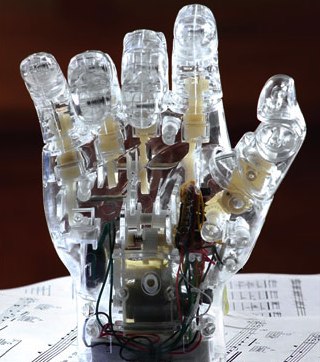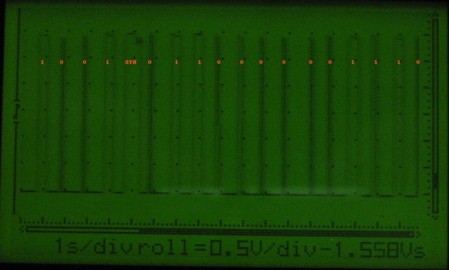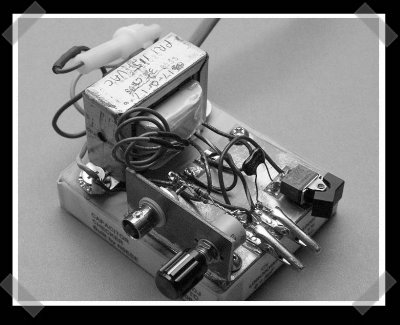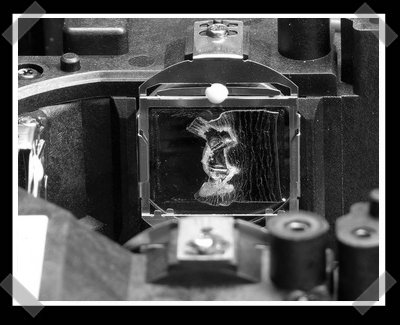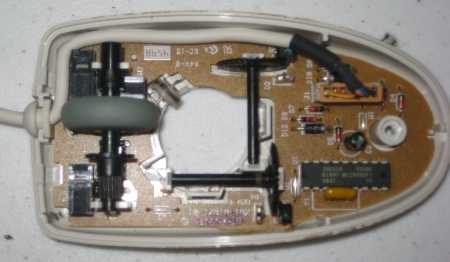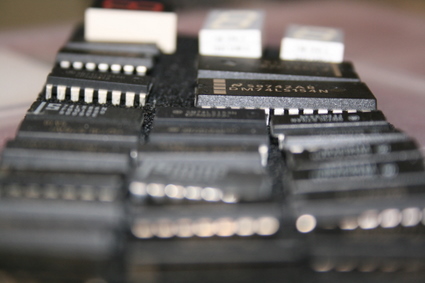
Electronics parts can be a pain to choose. It’s often hard to tell from manufacturers’ datasheets if a part will fit your design. We auditioned six different tactile switches to find a cheap button to use in upcoming projects. A tactile switch, also called a momentary button or push-to-make switch, is commonly used for input and microcontroller resets. This type of button creates a temporary electrical connection when pressed.
Footprints for most of these buttons are available in the Cadsoft Eagle library switch-tac, or in the Sparkfun parts library under TAC_SWITCH. Buttons in the image above are discussed from left to right. Continue reading “Parts: Tactile Switches For Your Next Project”

